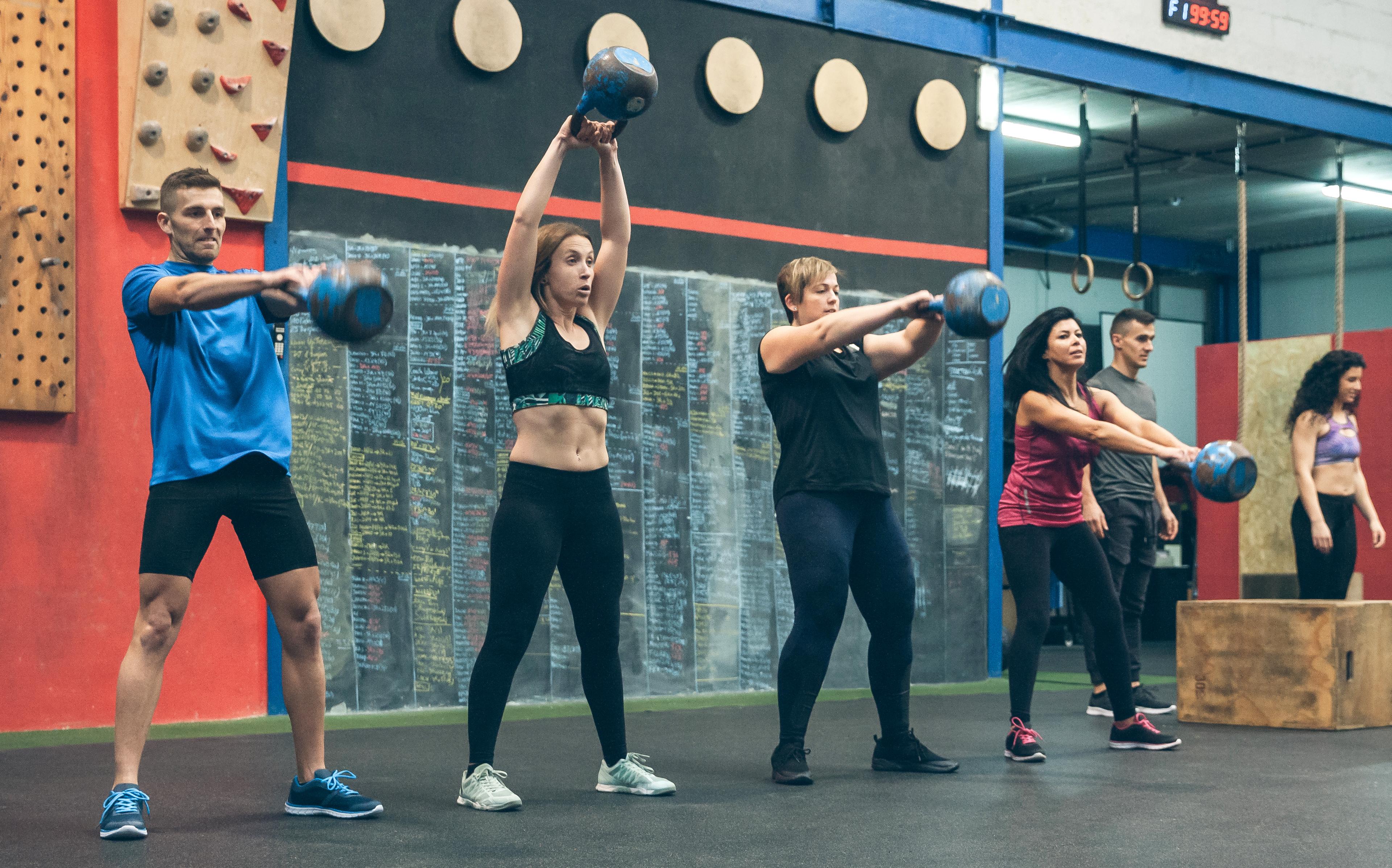Suffering From “Quarantine 15” Or “The Covid 19”? Move It To Lose it!

Angela Moore
| 4 min read

While the “Quarantine 15” or the “COVID 19” jokingly became common place terms to describe weight gain during the pandemic, excessive weight gain is no laughing matter.
Being overweight is a risk factor that can lead to developing many chronic conditions such as musculoskeletal disorders, heart disease, diabetes, high cholesterol, hypertension, and some cancers.
Regular physical activity and exercise not only decrease your risk of chronic conditions, but also help improve your overall health and quality of life.
And if you have been couped up in the house and unable to move around freely like most of us the last year, you are likely more than ready to move by any means necessary.
Fortunately, you can move it to lose it!
How can you move to lose those unwanted pounds?
There are numerous ways to move the body. The key is to move the body in an effective way. Ideally, you want to move your body in a way that promotes a healthy body as well as a healthy body image. You want to look and feel good!
Exercising with specific goals in mind will help you do that!
As a NASM Master Trainer, I believe every exercise routine should incorporate what I call the “Seven Essential Components of Fitness” – balance, flexibility, core strength, joint stabilization, cardiorespiratory endurance, muscular endurance, and muscular strength.
Let’s take a look at each component individually and simple exercises that you can add to your workout routine.
Balance is simply your ability to control the body while it is stationary or moving. Balance is essential for stability and coordination.
An example of a simple balance exercise:
Multi-Directional Single Leg Reach: With one leg firmly planted to the ground and bent in a quarter squat position, extend the other leg to the front, side, and rear. Perform 5-10 repetitions on each side.
Flexibility is the range of motion in a joint or a group of joints and is improved through various forms of stretching; the most popular are static and dynamic stretching.
An example of a static stretch:
Standing Hamstring Stretch: From a standing position, slowly lower your forehead with a straight back towards your knees by bending at the hips. Reach hands on the outside of your legs towards the floor without rounding your back. Place fingertips or palms on the floor and hold for 30-60 seconds. Only extend to your current level of flexibility. Note: Knees should be straight, but not locked.
An example of a dynamic stretch:
Dynamic Hamstring Stretch: From a standing position, slowly lower your forehead with a straight back towards your knees by hinging at the hips, reach hands on the outside of your leg towards the floor without rounding you back, place fingertips on the floor for 3-5 seconds and repeat 5-10 times.
Core strength is an essential component for proper posture, total body stability and a healthy spine. The core is your lumbo-pelvic-hip complex and all the muscles that attach to it.
An example of a core strengthening exercise:
Straight Arm Plank: Place hands parallel and aligned with the shoulders on the floor. Extend your legs straight behind you with toes planted firmly on the floor. Hold position for 60 seconds or longer. Be sure to maintain good cervical alignment by keeping neck in neutral position with eyes pointed between your hands.
Joint stabilization is simply the ability of a joint to maintain position and control. Joint stability increases your range of motion and reduces the risk of injuries.
My favorite joint stability exercise:
Horizontal Hop with Stabilization: From a standing position, raise one knee with foot in flexed position slightly in front of you. Hop laterally to the opposite side landing on the elevated foot, stabilize and then hop to the opposite side. Repeat for 45 seconds or 10-15 hops per side.
Cardiorespiratory Endurance is the level or measure of how well your heart, lungs and muscles work together when performing moderate to intense physical activity.
Exercises that increase your cardiorespiratory endurance: jogging, running, jumping jacks, aerobics, cycling, etc.
Muscular Endurance is the ability of muscles to sustain repeated contractions against resistance for an extended period of time.
Muscular Strength is a measure of how much force you can exert in a short period of time.
An example of a muscular endurance exercise and a muscular strength exercise:
Chest Press with Dumbbells:
Lie on a bench or floor with a dumbbell in each hand. Plant both feet firmly on the ground. Position dumbbells at shoulder height with palms facing forward. Lower the dumbbells until elbows fall slightly below chest level and hands align slightly below your nipple line, pause, push weights back up to starting position without locking the elbows.
For muscular endurance, choose light weights, perform 15-20 repetitions. For muscular strength, choose heavier weights, perform 6-12 repetitions.
As you can see, there are many ways to move the body. Now you can start moving with specific goals in mind. Think about what you would like to achieve, select the appropriate exercises, and get moving!
Related:
Photo credit: Getty Images





